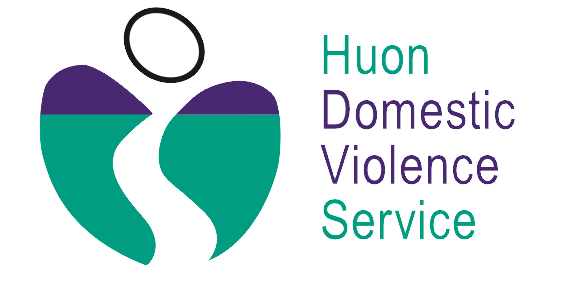Domestic and Family Violence
What is domestic violence/ family violence in Tasmania
Family/ Domestic Violence most commonly occurs between people who are in, or have been in, an intimate relationship.
Family / Domestic violence occurs across all socio – economic and cultural backgrounds. It can take many forms and can involve physical, sexual, verbal and psychological, emotional and financial abuse.
Family/ Domestic violence often involves a pattern of violent and threatening behaviour against a partner to control or cause fear to that person.
Family/Domestic violence is an offence under the Family Violence Act 2004.
Domestic and family violence does not always stop when the relationship ends, so it can also occur between ex-partners. Abusers use many tactics to maintain power and control, such as:
- Physical assaults, for example choking, beatings, pushing and threatening harm.
- Acts of sexual violence, forced sex or forcing someone to do sexual acts they don’t wish to do.
- Emotional abuse, name calling and put downs, disrespectful treatment.
- Isolation from supports, family and community, or using family and community to intimidate. This can include sending texts or posting on Facebook.
- Stalking or monitoring ‘every move’, including stalking on the internet, through social media, or use of GPS tracking devices etcetera.
- Psychological abuse, such as blaming the person being abused for the behaviour; telling the person being abused that they have mental health problems or anxiety disorders; manipulating or deliberately twisting reality; moving personal belongings or furniture and then denying that this has been done; and denying that the abusive behaviour occurred.
- Financial abuse, such as denying living expenses or ‘housekeeping money’; preventing someone from working; manipulating the child support system; intimidating someone to sign legal and financial documents that put them in debt; standing over someone to demand money.
- Preventing someone from practicing their spirituality or faith, or forcing them to adopt a faith or spirituality which is not their own.
- Harming or threatening to harm loved ones including children
- Harming or threatening to harm pets.
- Legal abuse, such as exploiting the family law system to intimidate, exhaust, exploit or disempower someone.
Abusers can exert control in ways that are unique to each relationship. In some relationships, withholding supplies of prescription medication is a pattern of control. Manipulative behaviours, like threatening suicide or self-harm when someone tries to leave a relationship, are also part of a pattern of control. In a situation where a woman with a disability is reliant on assistance or care, the withdrawal of that care or the manipulation of that care in ways that establish a pattern or control is an unacceptable use of power. Undermining mothering by preventing settling or breastfeeding of infants is a form of domestic and family violence.
Domestic / Family Violence Affects Children and Young People too…………..
In Tasmania, family/domestic violence is considered to be a form of child abuse under the Child Protection Legislation.
A child who sees, or hears, or is living with constant tension and fear of family or domestic violence is powerless to stop what is happening. The effects of domestic violence can be very damaging and maybe lifelong.
Children and Young People show they have been affected by family /domestic violence by;
- Low self- esteem and low school performance
- Feelings of anxiety, guilt, anger, sadness and withdrawal from others including teaching staff.
- Copying what they have seen or heard by using aggressive language and behavior
- Sleeping difficulties
- Physical responses such as headaches, eating difficulties, frequent illness, bedwetting.
- School refusal and running away from home
- Young people may increase risky behavior such as drinking or drug taking
- Learning that violence is the best way to control others and get what you want
- Identifying with the perpetrator of the violence and/or sometimes joining in with and supporting the aggressor.
